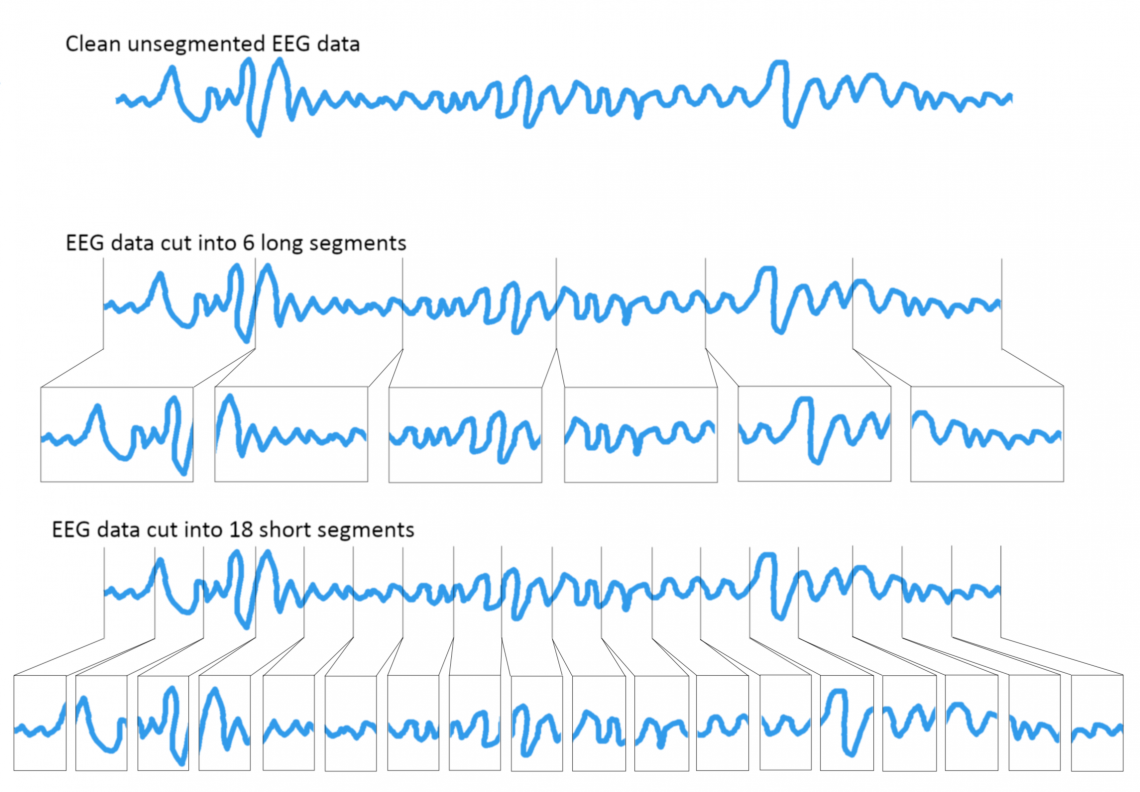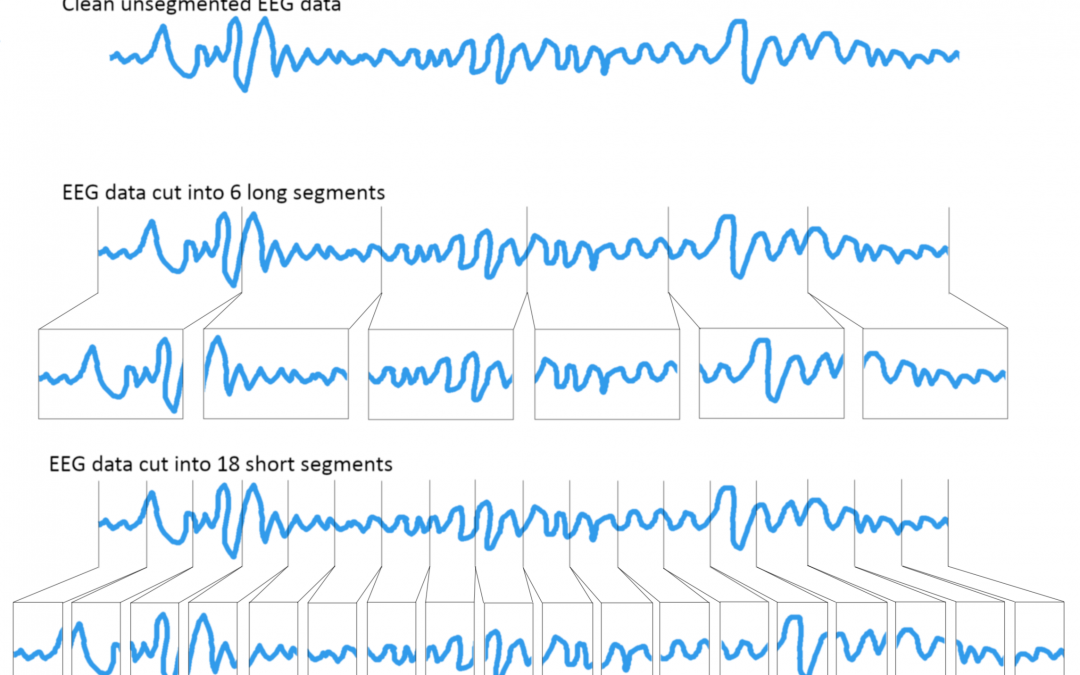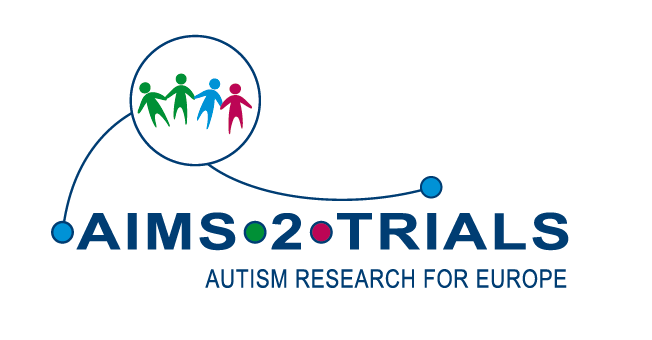Understanding individual differences in early brain development can help predict long-term outcomes in children who are later found to be autistic. Because children’s brains develop rapidly, measurements need to focus on factors that are relatively stable, rather than those that change from day to day. The ways that brain areas are connected to each other – known as brain connectivity – is one such factor.
Brain connectivity can be measured by electroencephalography (EEG), a method that uses a wearable ‘cap’ that has small sensors embedded in sponges in contact with the wearer’s head. This type of research is well established with adults, using ‘chunks’ of data that are 6 or even 60 seconds long. However, this is extremely difficult to achieve with infants, because they typically have shorter attention spans and sit still for shorter periods. Therefore with infants, researchers can only measure short chunks of data, which is often not enough to provide good brain connectivity recordings.
Our research
A group of AIMS-2-TRIALS researchers attempted to address this limitation with a new method of data analysis. Each adult participant typically provides around 360 seconds of EEG data. When this data is analysed, it is split into segments (what researchers call epochs) and researchers can decide whether to create just a few long segments or many shorter ones:
The standard analysis method might split the data into 60 segments, each six seconds long. This provides good, reliable results, and has been shown to be the best balance between the number of segments and their length. However, the data from infants does not provide enough of these long segments. Our researchers therefore tested which segment length could be used with infants to provide the most reliable information. Infants participated on two separate occasions and researchers wanted to find a method that reliably showed the same measurements across both visits. They tested different segment lengths and found that cutting the data from infants into segments one second long provided the most reliable data.

Findings and benefits
Using very short segments has the added benefit of allowing more infants to participate. When long segments are required, the researchers have to exclude those infants whose data does not contain enough of them. Because this will typically be those who are less able to sit still and focus on the task, this can introduce a bias – the final group will include more infants with better concentration and focus and fewer infants who don’t do this so well. It is estimated that the new method will allow approximately two thirds of the infants to be included, compared to only one third using the existing method.
The results suggest that while infants cannot provide the same quality of EEG data as adults, their brain connectivity can be measured by cutting the data up into shorter chunks. This analysis method produces reliable results and can be applied to future research in the field of brain development in early life. With an effective and reliable method to measure brain connectivity across infants and adults, researchers will be able to effectively begin to map out how brain connections and networks develop from infancy to adulthood in both autistic and non-autistic people.
Haartsen, R., van der Velde, B., Jones, E.J.H; Johnson, M. H, and Kemner, C. (2020). Using multiple short epochs optimises the stability of infant EEG connectivity parameters. Sci Rep 10, 12703. Published 29th July, 2020.








